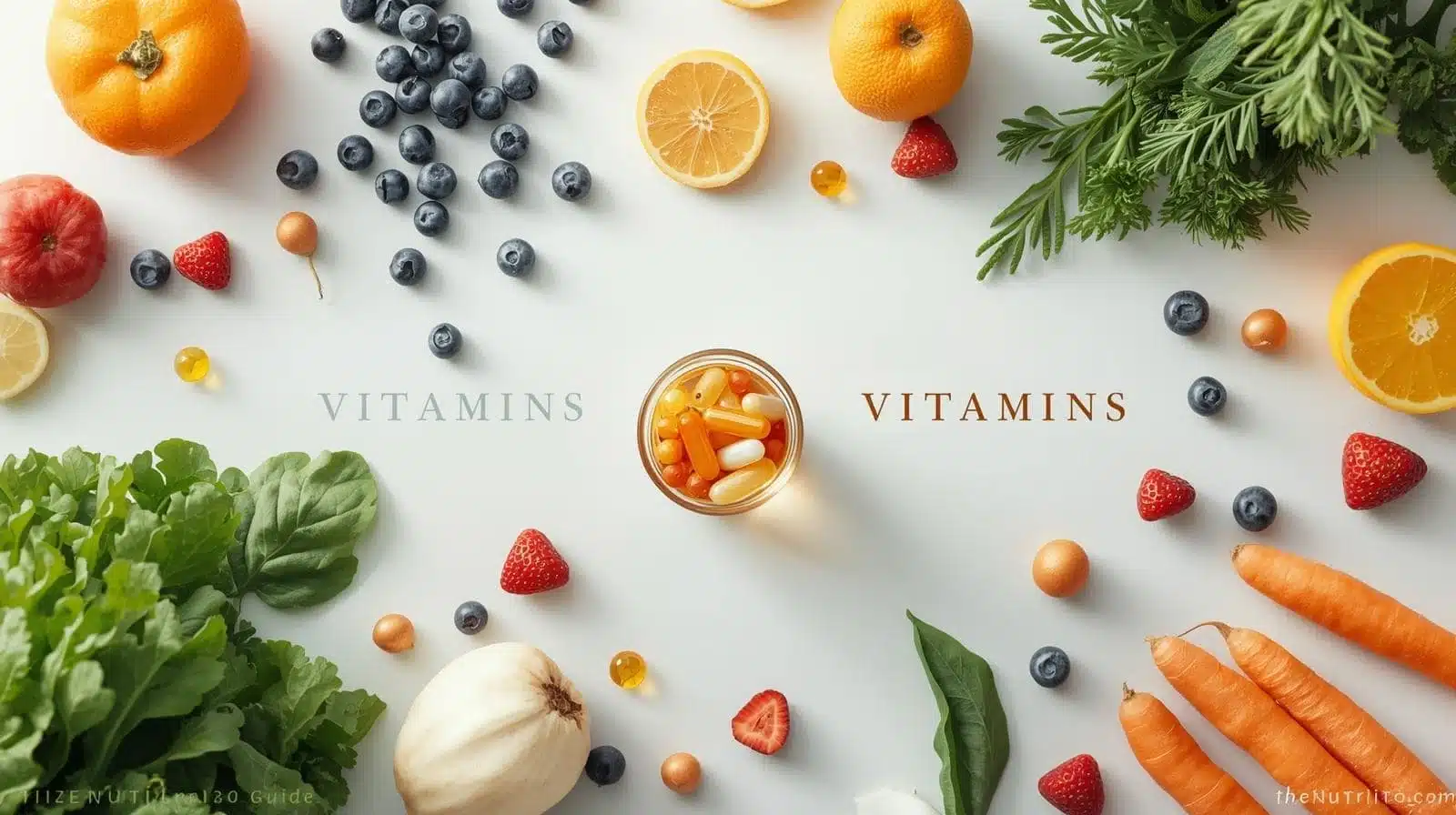
A vitamin is a family of some key organic compounds. They are not replaceable with any other organic compounds in terms of normal cell functioning, growth, and development of humans. The body cannot function properly without them. And the body has 13 necessary vitamins that cannot be synthesized properly and has to come through food. These are essential substances that aid in a myriad of body activities including sight and bone development, metabolism and resistance to infections.
There are 13 key vitamins that fall into two broad categories according to their systemic absorption and storage mechanisms: fat-soluble and water-soluble. This basic difference determines the frequency of taking of these different vitamins to the possible risks of excessive consumption.
Vitamins A, D, E, and K are fat-soluble vitamins that store in the fatty tissue and liver of the body, as well as in the muscles of the body. Dietary fat helps to absorb in it. And since they are not habitually discharged, they can build up in the body.
Conversely, vitamins that are soluble in water (vitamin C and B vitamins) the body do not stores for longer. When we consume large quantities of these vitamins. The body will utilize the quantities of vitamins it needs and release the excess quantities in urine. This is what causes them to ingest them on a regular basis to avoid deficiencies. Vitamin is the only exception to this group.
You May Also Read: Essential Nutrients for Every Age Group (2025 Guide)
13 Vital Vitamins And Their Functions In The Body
These 13 essential vitamins are important but each performs different functions. A closer look at their respective roles, the sources and possible signs of deficiency will unveil the reasons why a balanced consumption is the most essential.
Fat-Soluble Vitamins
When dietary fat is present, these 4 vitamins are easier for the body to absorb and store in the liver and other fatty tissues to use them later. This maximum means that it will not need to be fed on per day, and is toxic or hypervitaminosis due to overfeeding.
1. Vitamin A
Vitamin A plays a crucial role in the formation and proper maintenance of teeth, bones, soft tissues, skin and mucous membrane. It is also essential for vision, particularly night vision, in the sense that it, together with other factors, help to transform light energy into nerve impulses within the retina. Vitamin A can be obtained as part of the diet which has some animal products such as liver, fish oil, eggs and dairy. Dietary sources include plant-based precursors (carotenoids) of the deep-orange, yellow and green vegetables (carrots, sweet potatoes and spinach).
Night blindness is the initial symptom of the lack of vitamin A and in the worst case scenario it can permanently blind one. Pregnancy with large doses of vitamin A results in the development of bone pains, dizziness, liver damage, loss of hair and birth defects. Toxicity that is most commonly occurring because of supplements consumption rather than consumption of vitamin A-containing foods.
2. Vitamin D
Vitamin D is often known as the sunshine vitamin as it is the only vitamin that can be made in the body upon exposure to sunlight. It is important to control the level of calcium and phosphorus needed to develop and sustain healthy bones and teeth. Food sources although limited are fatty fish, fish liver oils, fortified milk and fortified cereals.
This weakness can cause bone weakening and softening that leads to child rickets and bone osteomalacia in the adult population. However, hypercalcemia may occur as a result of overconsumption (as is common with supplements). Which may cause hardening of the blood vessels and kidney stones.
3. Vitamin E
This vitamin is a potent antioxidant. It can assist in avoiding cell membrane damages caused by free radicals. It also helps the body to utilize vitamin K. Nuts, seeds, vegetable oils and green vegetables are good sources. Vitamin E toxicity is an uncommon phenomenon. Yet excess vitamin E can disrupt the effects of vitamin K, anticoagulant drugs and those used to prevent blood clotting.
4. Vitamin K
Vitamin K is essential for the production of blood-clotting factors, to maintain normal coagulation of blood. It is also known to play a role in the wellbeing of bones. This is present in the green leaf vegetables, plant based oils and meat. Although toxicity is rare, at high levels it can impair the action of anti-coagulants.
Water-Soluble Vitamins
The body does not save-up these vitamins (except vitamin B12). We should assume it on a routine basis such that avoiding deficiencies. They easily dissolve in water and are lost in food during food cooking.
5. The B-Complex Group
The B vitamins consist of eight various nutrients that work together to enhance the body metabolism. They play important roles in converting food to energy, in keeping the nervous system healthy, and in the production of red blood cells.
- Thiamine (B1) assists the cells in the transformation of carbohydrates to energy and deficiency of it can cause beriberi.
- Riboflavin (B2) collaborates with other B vitamins. And it is known to be connected with body growth and red blood cell formation. It can be devoid of its which can cause fatigue and changes in the skin.
- Niacin(B3) helps to maintain the health of the skin and nerves. The deficiency may result to pellagra, which has been described as the 3 Ds (diarrhea, dermatitis and dementia).
- Pantothenic Acid (B5) plays a key role in food metabolism and hormone and cholesterol productions. The deficiency is very rare and can result in fatigue and GI discomfort.
- Pyridoxine (B6) is also involved in the production of red cells, as well as controlling the activities of the brain. The result of the deficiency is sideroblastic anemia, and neuropsychological problems.
- Protein, fat and carbohydrate metabolism needs biotin (B7), deficiency of which can cause thinning of hair and neurological symptoms.
- Folate (B9) also interacts with vitamin B12 to create red blood cells and plays an essential role in making DNA. It is especially important in women who are pregnant. Because low amounts are associated with birth complications like spina bifida.
- Cobalamin (B12) plays a role in metabolism, formation of red blood cells and in the maintenance of central nervous system and peripheral nervous system. The deficiency may result in anemia and permanent damage to nerves, inability to remember, and mental impairment.
6. Vitamin C (Ascorbic Acid)
This antioxidant strengthens healthy teeth and gums, aids in the absorption of iron into the body, and is crucial to wound healing and immune action. The deficiency may develop scurvy whose effects include bloody gums and energy deficiency.
Deficiencies of vitamins are highly unlikely in the United States, however, they are present and are confine to particular groups. Persons at greater risk of deficiency include those with alcohol use disorder, those who follow very restricted diets (e.g. vegans) and older persons. With that said, the nutrient intake or absorption can be affected by dietary limitations, changes in lifestyles, or normal aging.
An example of this is vitamin B12, which animal products are the only real sources of, and so vegans are at risk of deficiency. Older adults are also at a greater risk since their bodies become less efficient at taking in both vitamins D and B12 as they get older. This knowledge re-organizes the discussion of whether or not to take vitamins to a more specific question. Whether or not the person needs or is at risk of that particular factor.
You May Also Read: What Essential Minerals Are Needed In a Balanced Diet?
Dietary Sources and Daily Requirements
A nutritious and balanced diet has been suggested as the best and most advisable approach to supply the body with vitamins. The food first principle has the assumption that nature packages vitamins and minerals in a synergistic form and offers other unknown nutrients. Which cannot be just as readily found in a vitamin pill. It will not lead to a healthy life because one of the experts at Johns Hopkins Dr. Larry Appel said so.
To learn about the applied nutrient intake. The concepts of Recommended Dietary Allowance (RDA) and Daily Value (DV) are useful to be familiar with. RDA is the therapeutic intake of a nutrient that is sufficient to meet the nutrient requirements of nearly all the healthy persons on a daily basis. Despite the fact that the DV is a reference measure that is used on food labels and supplement labels in order to indicate. The degree to which a product adds value in the (approximately) daily needs of a person.
The table below will give you a summary of all the 13 major vitamins and the best food sources.
| Fat-soluble Vitamins | Key Food Sources | U.S. Daily Value (DV) |
| Vitamin A | Carrots, sweet potatoes, leaf greens, eggs, dairy, liver. | 900 mcg |
| Vitamin D | Fatty fish (salmon), fortified milk and cereals, egg yolks, sun exposure | 20 mcg |
| Vitamin E | Nuts, seeds, vegetable oils, green vegetables | 15 mg |
| Vitamin K | Green leafy vegetables (kale, spinach), plant-based oils. | 120 mcg |
| Water-soluble Vitamins | Key Food Sources | U.S. Daily Value (DV) |
| Thiamine (B1) | Meat, legumes, fortified grains, whole grains | 1.2 mg |
| Riboflavin (B2) | Eggs, milk, fortified cereals, meat, fish | 1.3 mg |
| Niacin (B3) | Meat, fish, nuts, enriched grains | 16 mg |
| Pantothenic Acid (B5) | Meat, whole grains, eggs, mushrooms | 5 mg |
| Pyridoxine (B6) | Fish, meat, potatoes, bananas, chickpeas | 1.7 mg |
| Biotin (B7) | Liver, egg yolk, milk, vegetables | 30 mcg |
| Folate (B9) | Leafy greens, beans, peas, fortified cereals | 400 mcg DFE |
| Cobalamin (B12) | Meat, fish, poultry, eggs, dairy, fortified cereals | 2.4 mcg |
| Vitamin C | Citrus fruits, strawberries, tomatoes, peppers, broccoli | 90 mg |
Note: Daily Values are in adults (19 and above) only.
Usage and Safety Policy near the Supplement Aisle.
Millions of Americans that use the supplements should know how to control the regulative environment and choose safe products. The best thing is first to eat locally. But supplements can help where we have a known deficiency or special need.
Understanding U.S. Regulation: An FDA Perspective
Dietary supplements are under Food and Drug Administration (FDA) and Federal Trade Commission (FTC) programs in the United States. Supplements are however, unlike prescription drugs, regulated as a category of food. This means the FDA has no way of approving diet supplements on safety and efficacy before selling the product to the mass market. Companies must take care of the safety and labeling of their products. However, they may many times add a new product to the market without informing the FDA.
The FDA only acts post-market, i.e. it can only step in and take action to recall a product after it is in the market that is dangerous or misbranded. This puts the original responsibility of safety on the manufacturer, and an asymmetry of responsibility may exist. Due to a reactive and not proactive regulatory system, much harm may be caused before FDA is able to intervene. This is one of the main reasons why consumers need to conduct due diligence when choosing up holdings.
The Importance of Third-Party Verification
Within the post-market regulatory framework. A third party verification seal can be one of the best ways to give a consumer some assurance of quality in a supplement. U.S. Pharmacopeia (USP), NSF International, ConsumerLab.com, etc. are independent watchdog agencies. What test supplements to make sure that they meet some quality standards avail them.
A product with USP Verified Mark indicates the product is audited and tested to assure it:
- Is in the mentioned potency and quantity of ingredients on the label.
- Free of toxic amounts of identified pollutants such as heavy metals or pesticides.
- Will dissolve and enter the body within a given period of time.
- Is produced under the Good Manufacturing Practices discussed in the FDA.
Such seals are important in linking-the-consumer and the regulating process. These areas are not directly under the control of the FDA. But these institutions are the ones that bring an added level of accountability. They are selling certified products and products that ensure that some people are getting what they are paying. A commodity that lacks a third party seal. The most reasonable opinion concerning this is to simply call manufacturer and ask about quality standards.
Best Practices for Vitamin Intake and Maximizing Absorption
When we take them at the correct time and all the right combination and in the correct form. The impact of their effects will be greatly increased, and undesired side effects can be prevented. Digestive system is a complex body system which depends on interacting nutrient. They can prevent or promote absorption of other nutrients. So it may be easy to swallow some pills at the same time. It can make some of the nutrients ineffective, though.
In the case of multivitamins and most supplements, it is a good rule of thumb to take them with a meal, since this will help prevent stomach upset. But specific rules exist concerning the vitamin types:
Fat-Soluble Vitamins: To maximize intake of vitamin A, D, E and K. We should eat them alongside a nutritious meal of fat like nuts, or avocado. These vitamins are carried along with food fats. Thus, to occur in the best way they have to be there.
Water-Soluble vitamins: These are types of vitamins which we can consume with or without meals. Vitamin C and vitamin B12 have some relationship though. Vitamin C is able to decrease B12 absorption. If both are needed. At least we should take a break of 2 hours. Moreover, most of the water soluble vitamins readily absorb in the presence or absence of food. B12 has better absorption when it is intaken with a meal.
Minerals: It is necessary to mention the way in which some minerals compound. Like we should take iron supplements on the empty stomach followed by a vitamin C-rich juice, such as orange juice, to improve absorption. Note also that should not take iron with foods rich in calcium or calcium supplements because calcium can block absorbing iron. Similarly, we need to consume minerals like zinc, calcium and magnesium on varying meals. They are able to competitively and reduced total absorption.
Through the knowledge of such physiological interactions. People can go beyond just taking a pill and become more proactive with regards to nutrient consumption. Making sure that the body correctly utilizes the vitamins and minerals that we take.
Trend Spotlight: The Rise of Gummy Vitamins
Gummy vitamins are getting more popular, and this offers a seemingly convenient and comfortable idea when compared to ordinary pills. They have obvious advantages: they are chewable, have a good taste. And offer an option to pill takers. There are however great disadvantages associated with this convenience.
Added Ingredients: Gummy Vitamins have between 2g and 8g of added sugar per serving. Which can further contribute to an already high amount of sugar consumed by the average adult and lead to weight gain, type 2 diabetes and heart disease. They can also be filled with artificial colors and flavors to cover up the poor taste of some nutrients.
Risks to Dental Health: Gummy vitamins are a serious threat to cavities due to a combination of a sugary gooey feel and taste.
Dosing Error: Gummy vitamins tend not to be as stable as pills thus causing unreliable doses. As compensation, manufacturers can include additional nutrients than indicated. Meaning a newly produced container can contain more than the recommended amount. An elderly one can have much less.
Possibility of Overdose: Due to the sweetness, gummy vitamins may seem like a sweet, thus accidentally overdose. This, more so, is risky to children and the vitamins (mainly A and D), can be toxic in large amounts.
Such popularity of gummy vitamins reflects a larger problem in the supplement market. Sometimes the product and its convenience do not go hand in hand with its nutritional effectiveness and safety. Trade-offs that consumers make are often not known to them. That is why an informed and critical approach about marketing claims is essential.
Conclusion: Nutritional Path To The Best
Optimal nutrient uptake of vitamin is an important aspect of health and well-being. A healthy lifestyle is still based on a nutritionally balanced and whole-food diet. Which is rich in nutrients in a form that the body is meant to absorb. Focusing more on fruits, vegetables, lean protein and fortified grains. Majority of individuals are able to fulfill everyday requirements without the use of supplements.
But to those who have special life stages or dietary needs. A useful product to add to nutrition deficiencies is supplements. Consultation with a healthcare professional to decide is the most important. In the event that a supplement is indeed required and in good faith in the selection of a product.
Disclaimer: The contents in Thenutrio.com are general informational and educational materials only. I am neither a licensed healthcare nor nutritionist. The articles rely on valid research and effective sources, but they are not to substitute consultations with qualified medical practitioner/nutritionist. For any major restructuring of your diet, health routine or lifestyle, you always should check with a licensed expert.

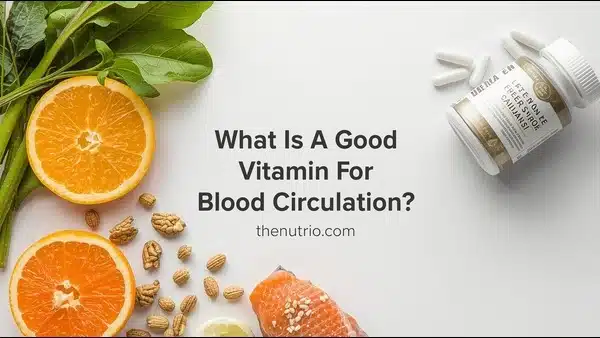


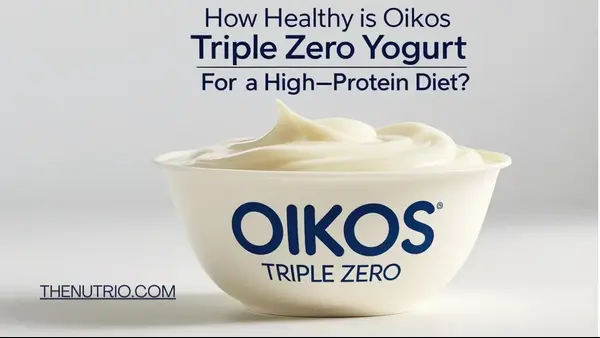
![[2025] Fats (Lipids): Best Choices for Every Age](https://www.thenutrio.com/wp-content/uploads/2025/09/A-vibrant-hero-image-showing-a-colorful-plate-rich-in-healthy-fats—like-avocado-toast-nuts-olive-oil—paired-with-text-overlay-2025-Fats-Lipids_-Best-Choices-for-Every-Age.-4-min-1-1.webp)

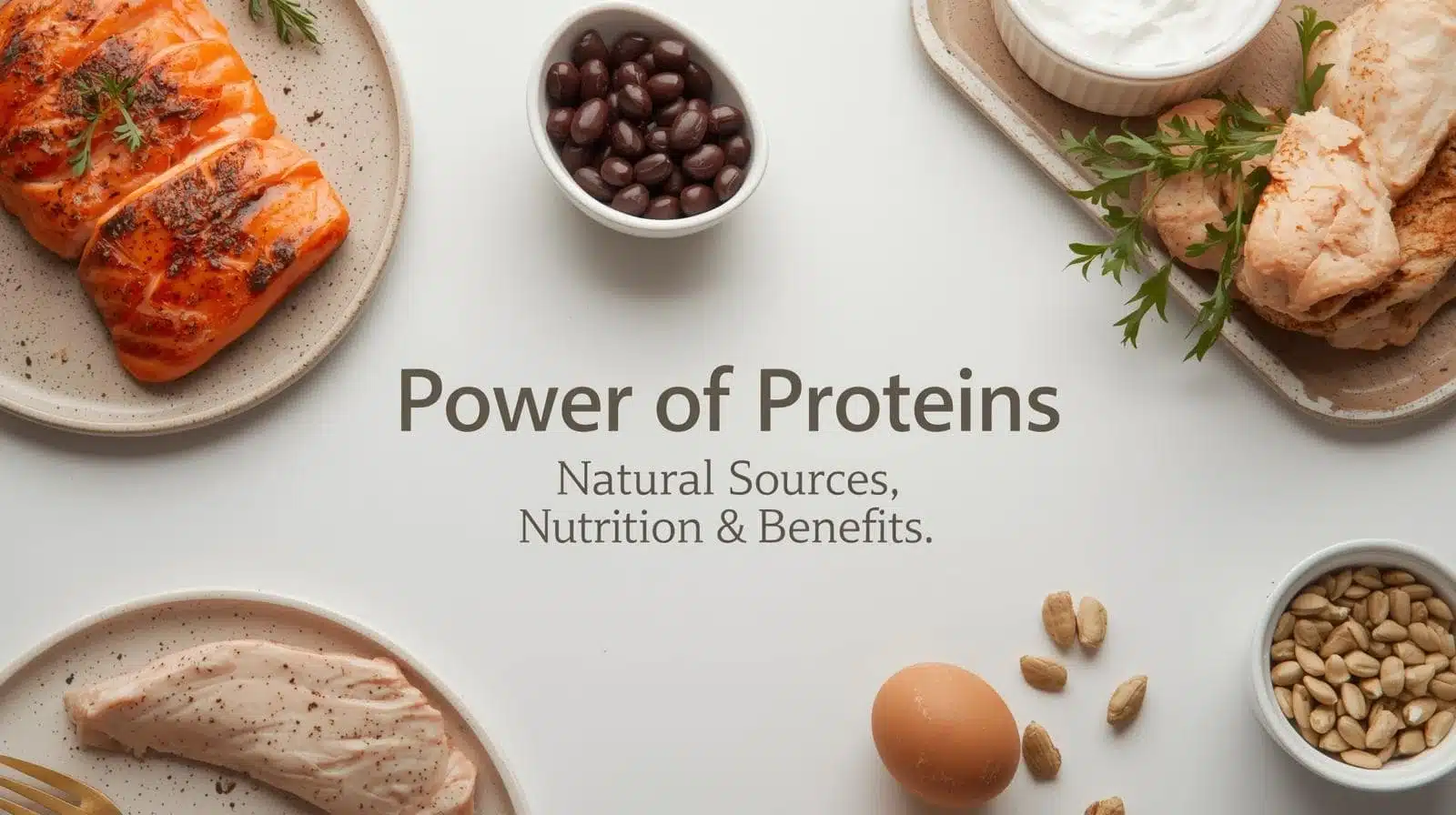
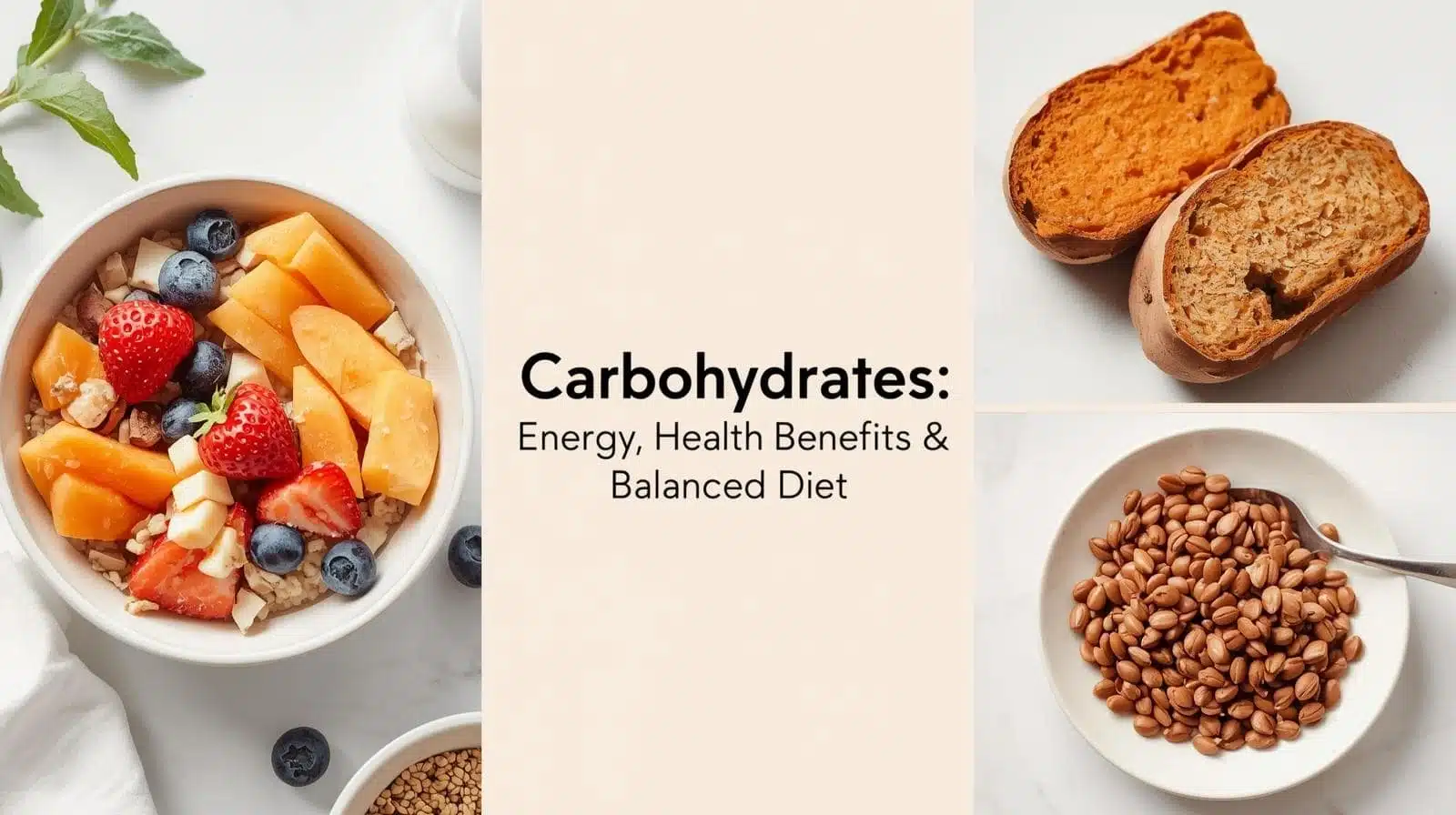
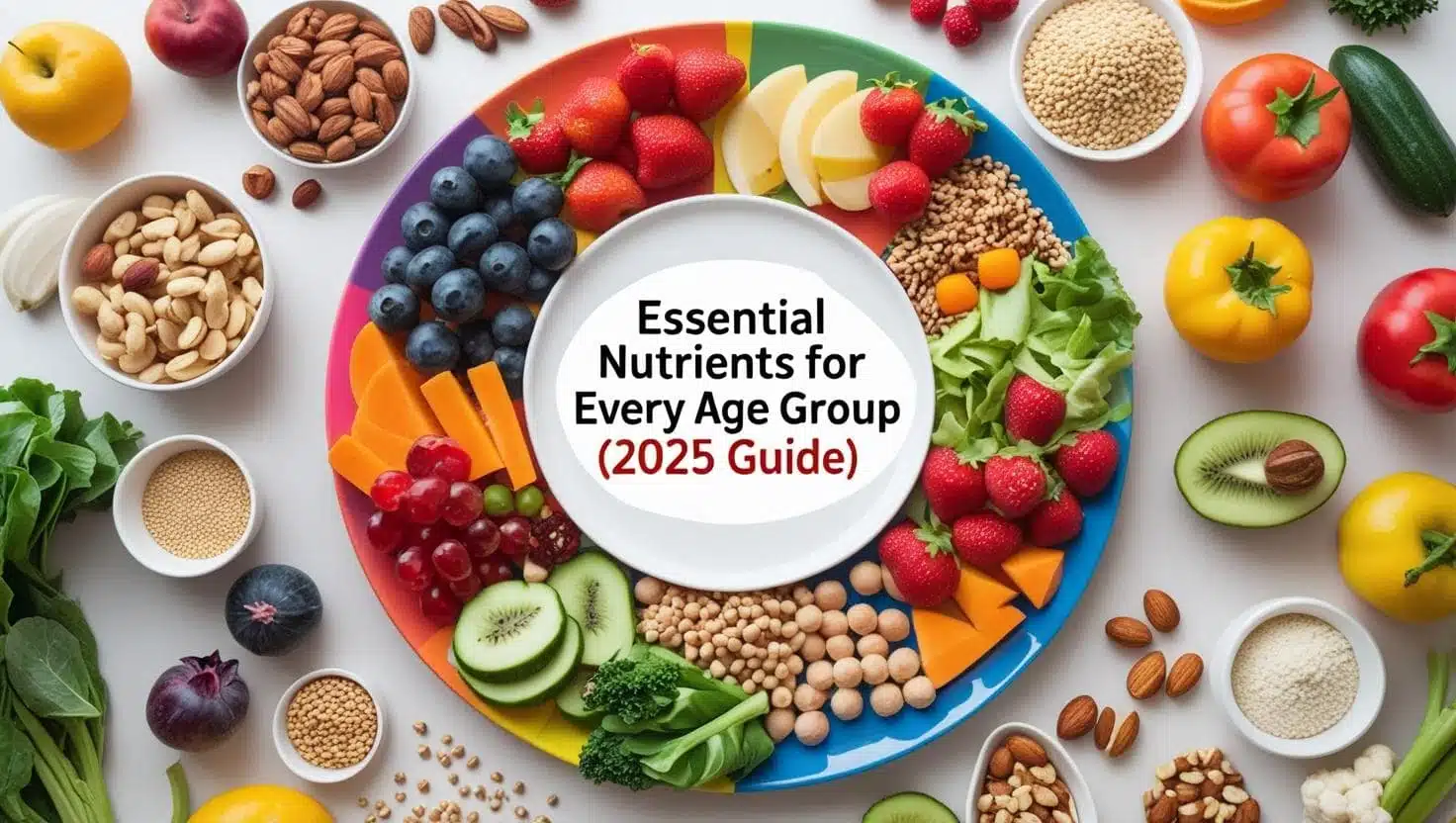
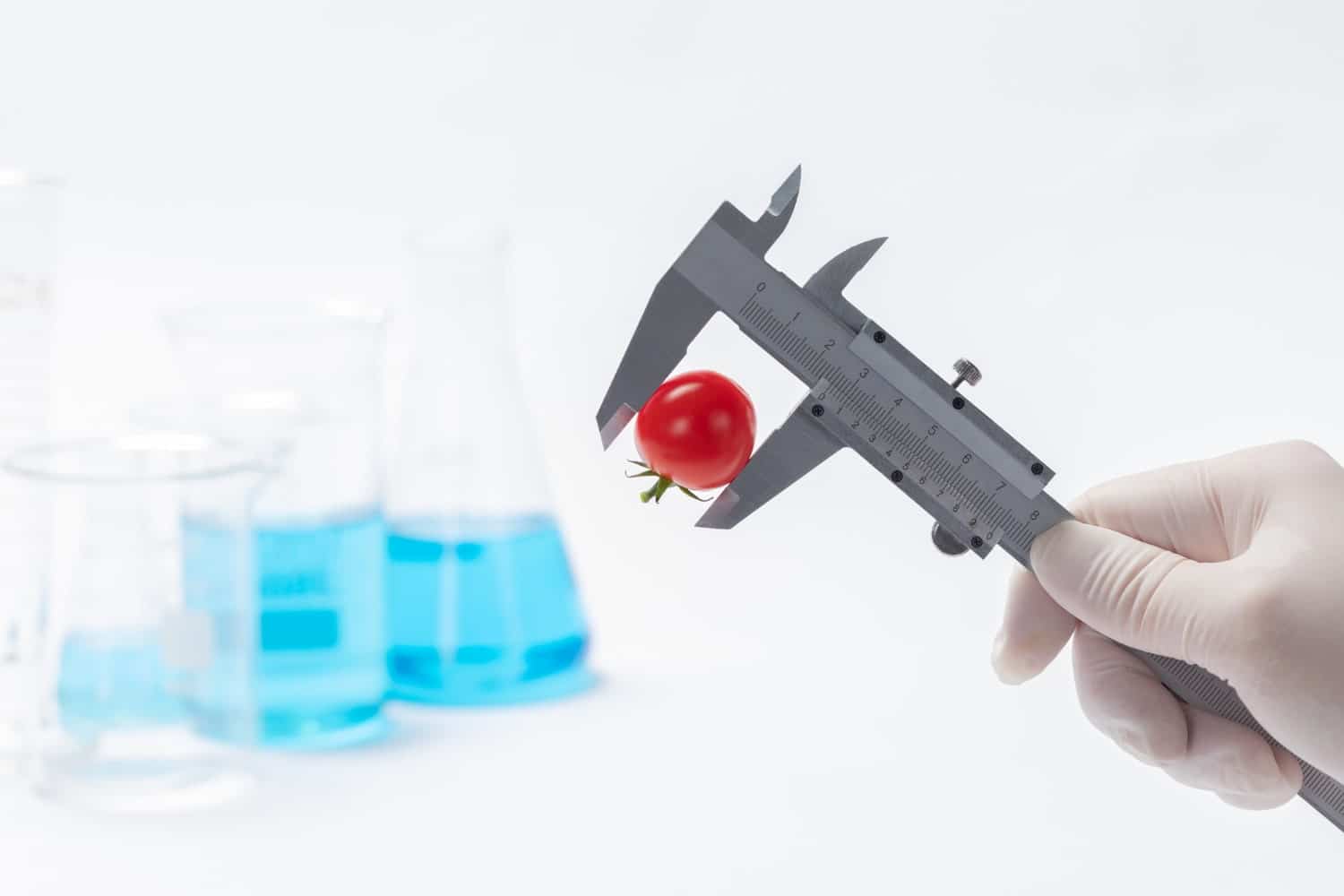
1 comment on “How Long Does It Take For Vitamins To Start Working?”